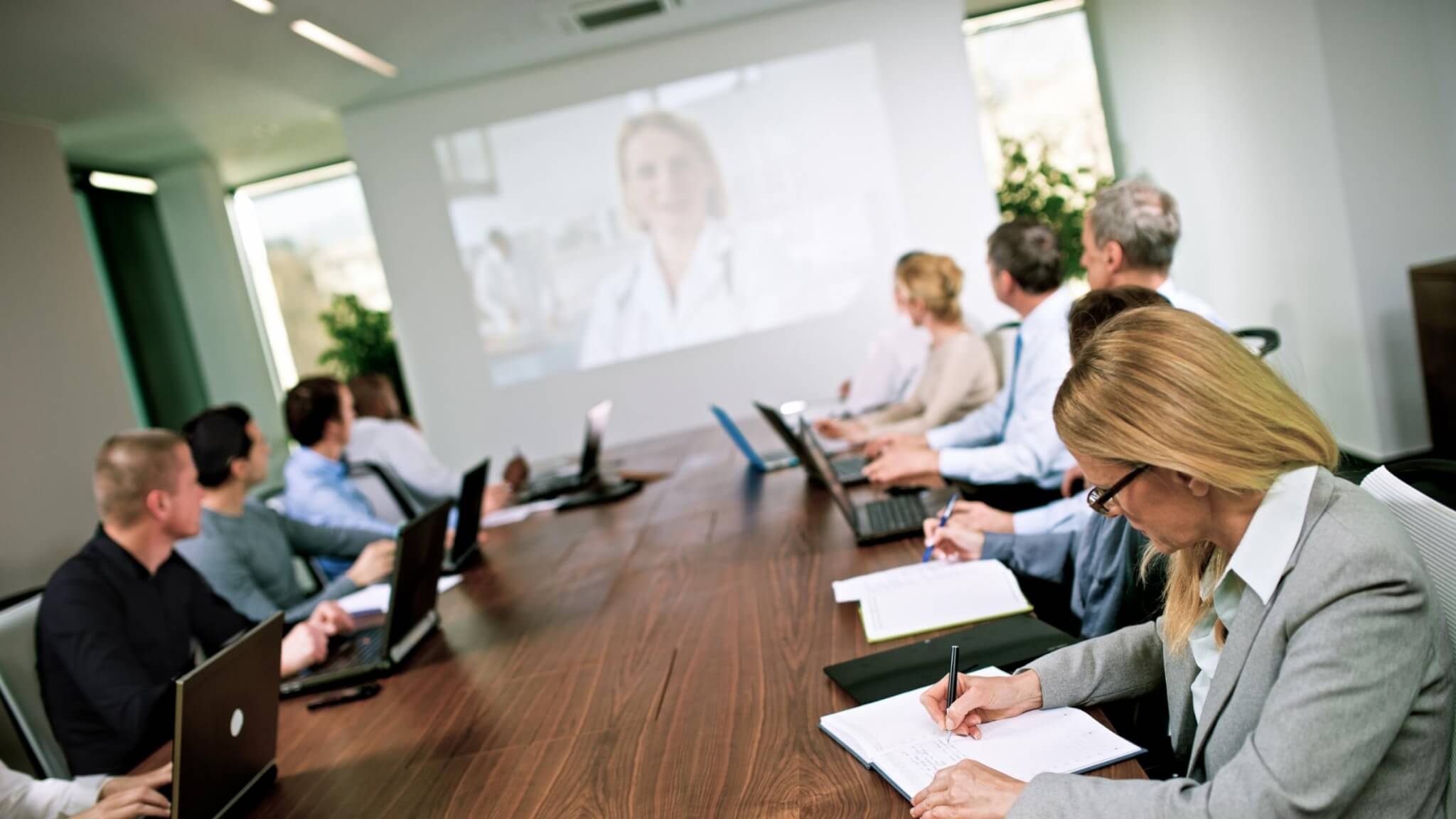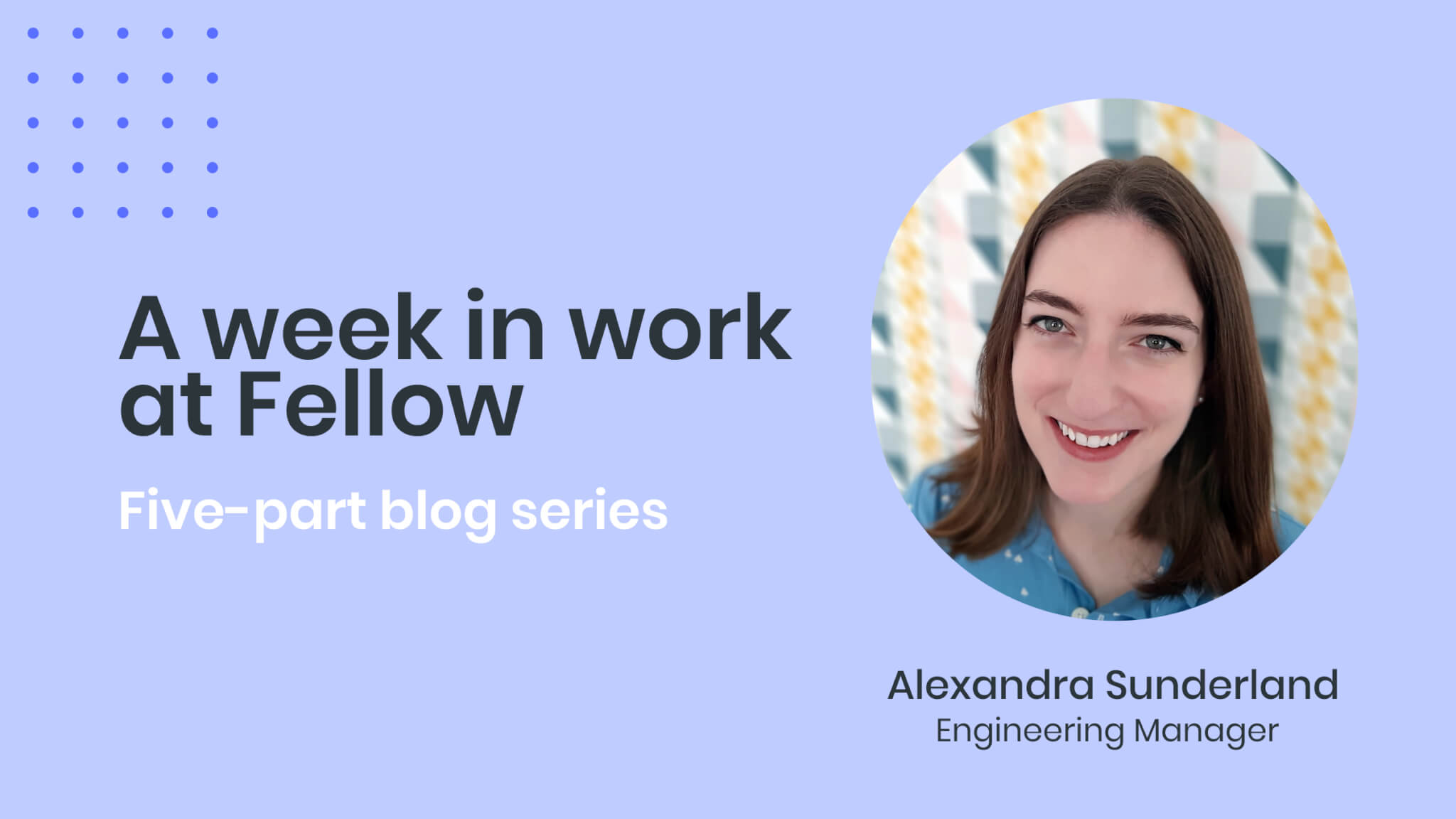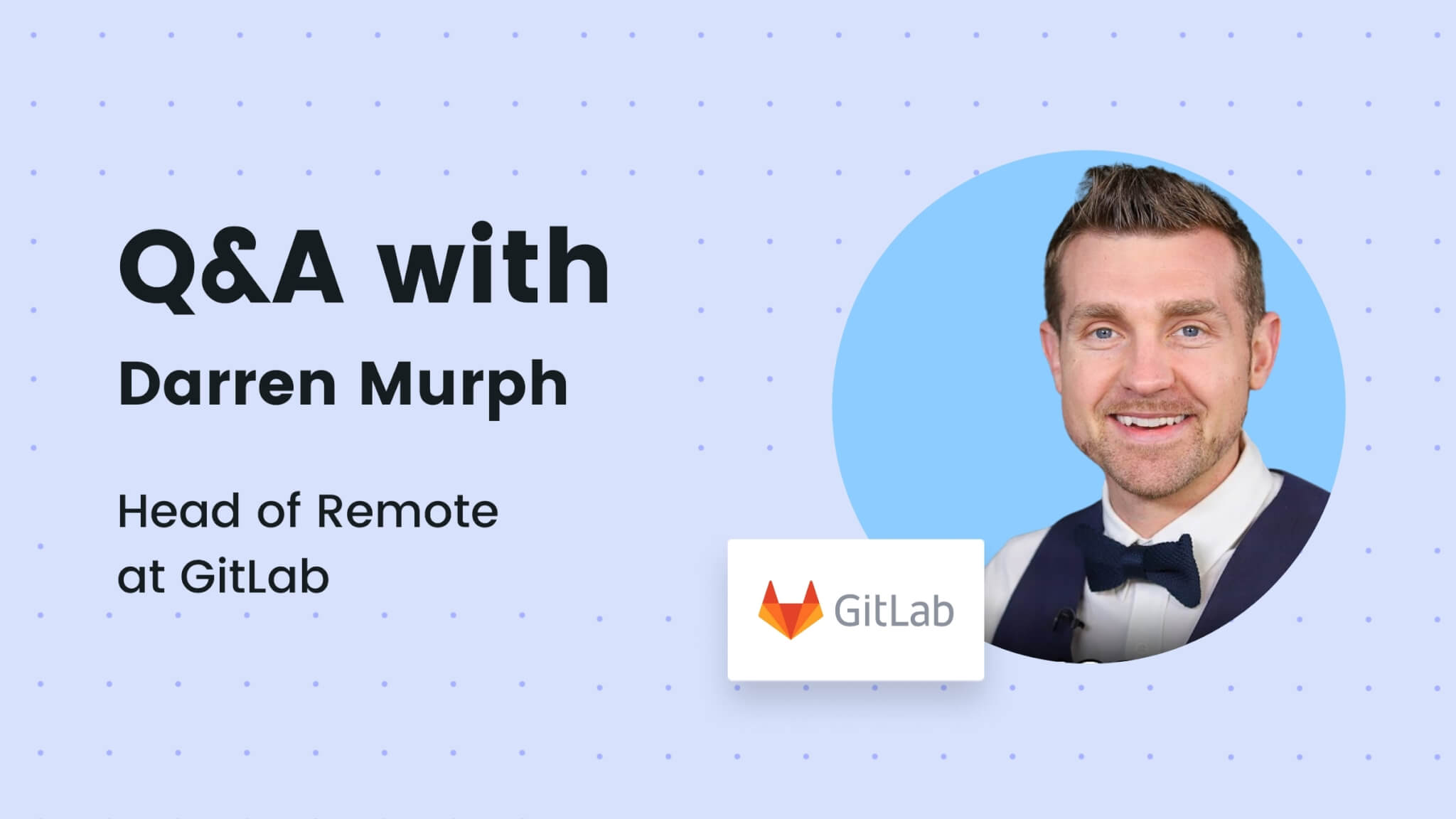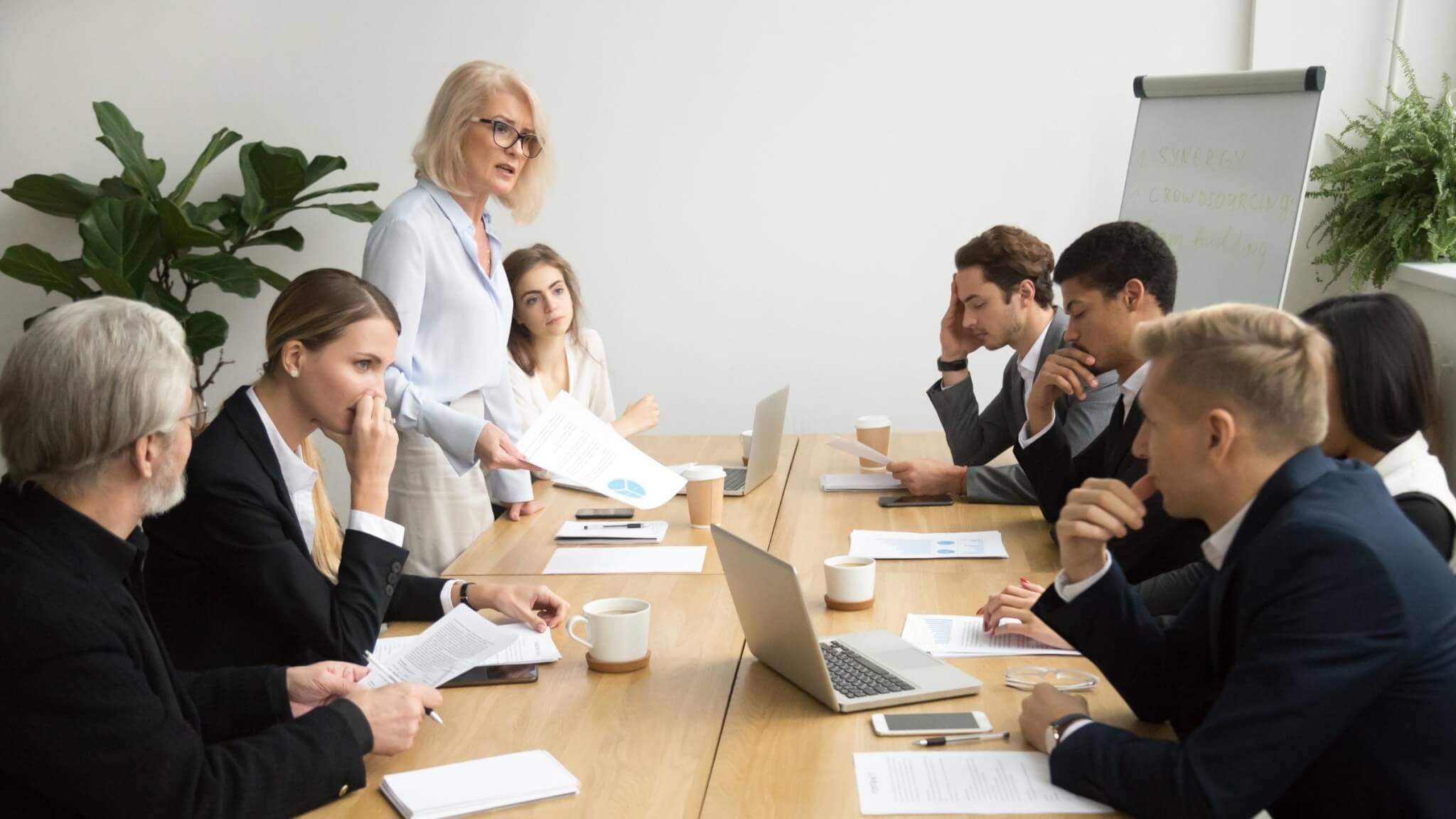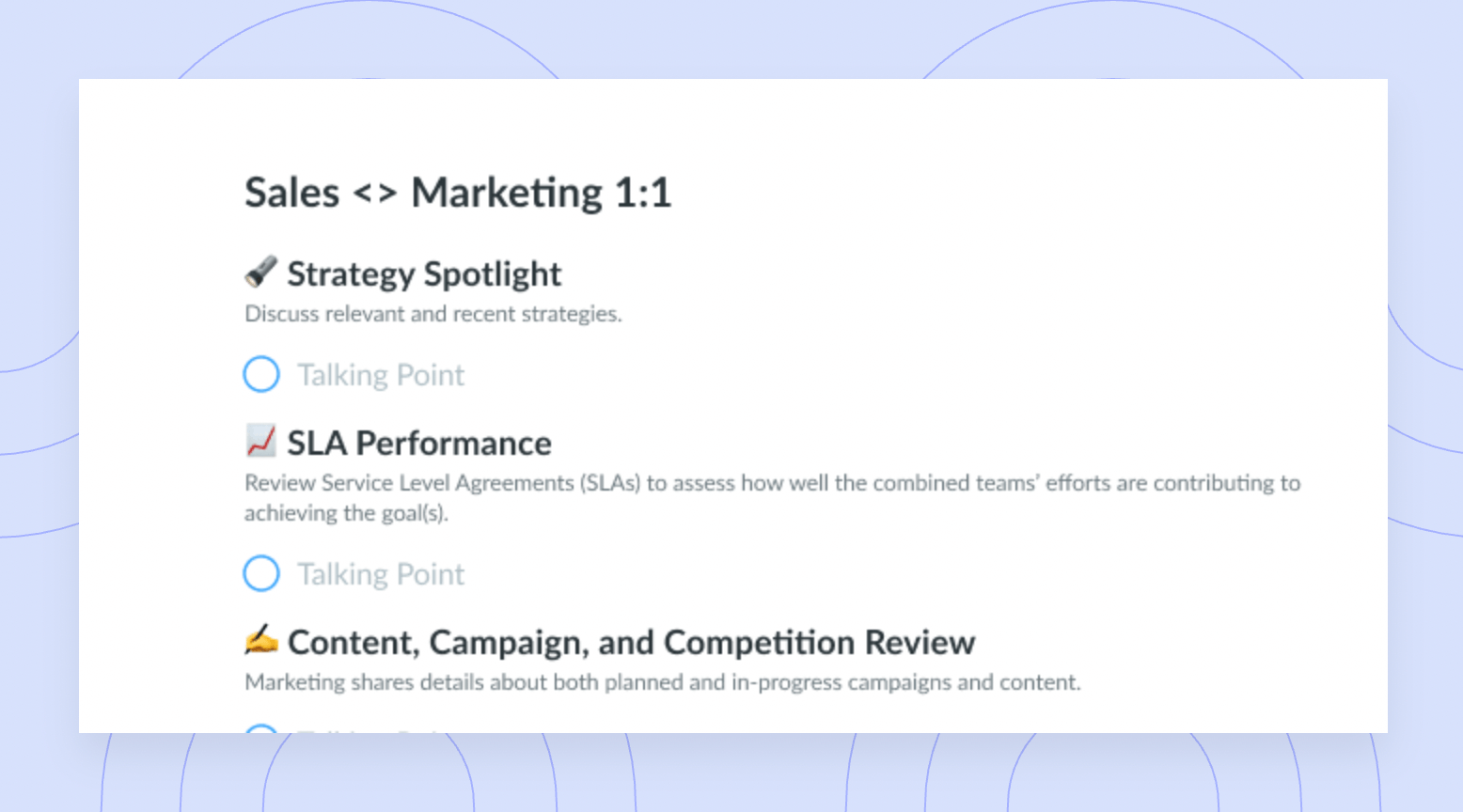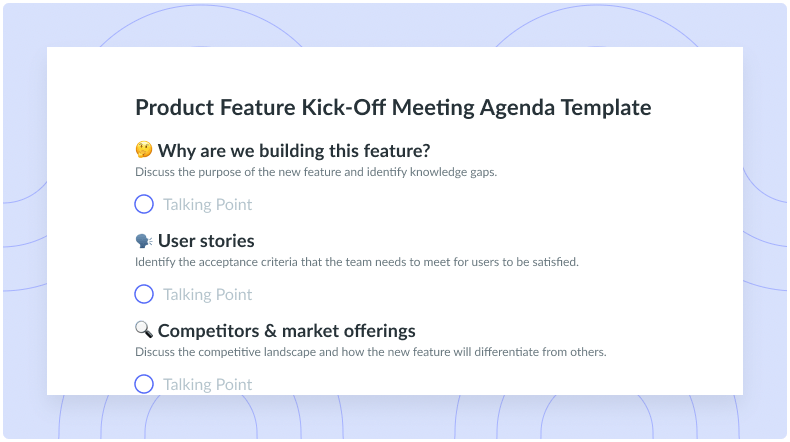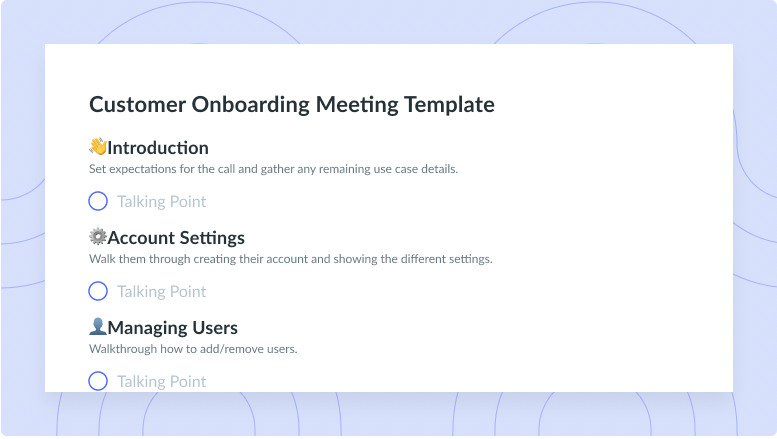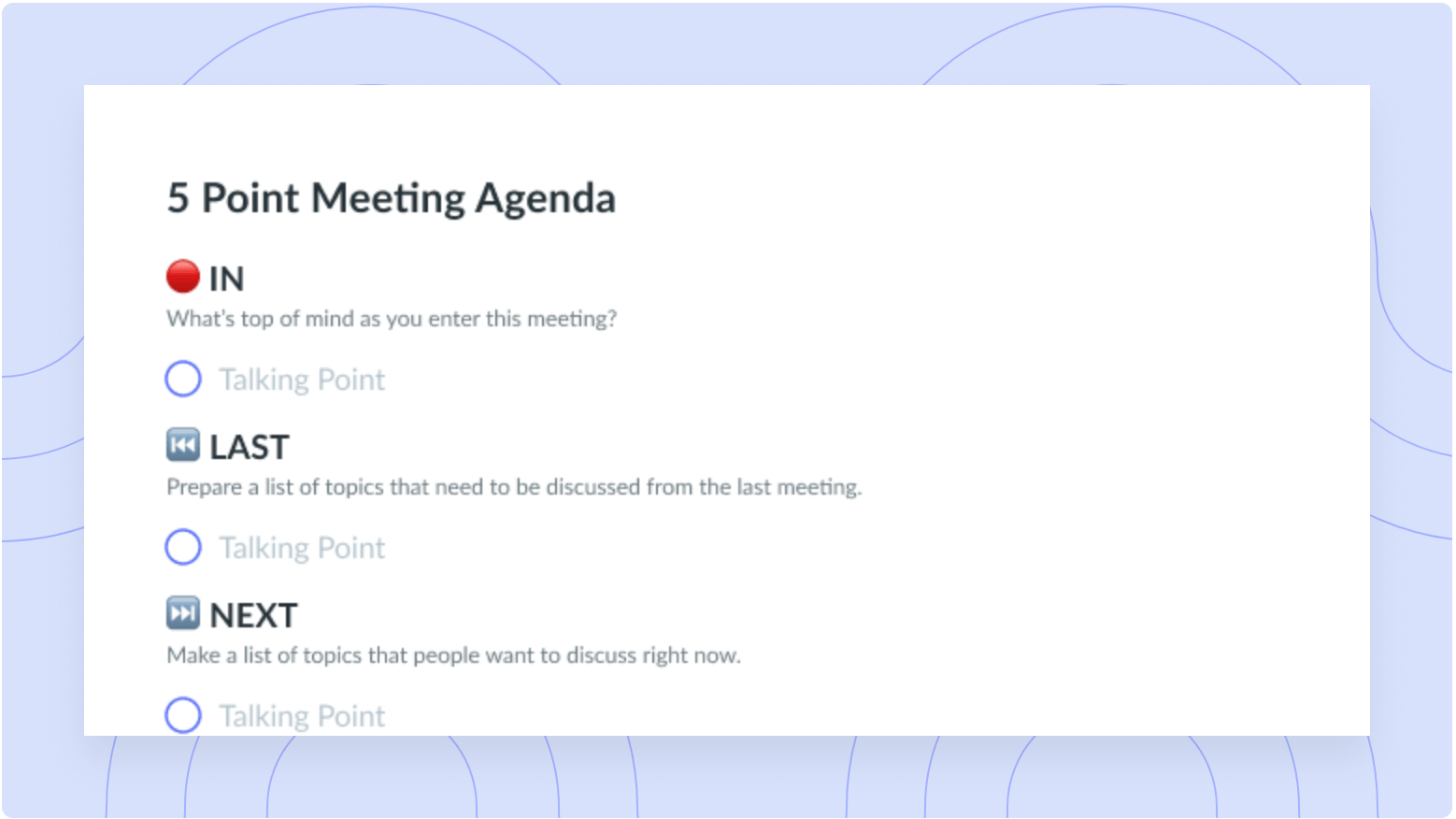Ross Mayfield: How to Run Pre-Mortems and Super-Efficient Meetings
Learn about hyper-efficient meeting tactics that ensure clarity, efficiency, and productivity from Ross Mayfield.
Ross Mayfield is the Product Lead for Integration at Zoom and an expert in remote work. Having worked with distributed teams for over 20 years, Ross has mastered the art of running efficient meetings. Listen to this episode (or read the transcript below) to learn how you can blend asynchronous and synchronous practices to create an organized, and efficient workflow that prioritizes everyone’s time.
1 Can you tell us about being the 57th member on LinkedIn?
I was an early adopter when it came to blogging and social media around 2002 and it was right around the time where the big bubble collapsed, and it was essentially a really great time for people who were experimenting with building tools. Blogging connected me to a different part of the tech community, and I became an early adopter and started connecting with people that were building out different social networks.
2 You’ve worked at amazing companies like Ping Pads, SlideShare, LinkedIn, and Zoom. Do you have a favorite manager from one of these companies?
I’ve been lucky to work for and with some really great people. I started my career actually in the non-profit sector, and Linus Koyellas taught me the power of interns and how they essentially run non-profit organizations. He would give people jobs or tasks or the ability to do things that were well beyond their qualifications and a lot of it was about getting people to buy into the same mission. I was also an Advisor to the President of Estonia for a long time and someone I worked with really taught me the value of speaking slower. The slower you speak, the more people hear, and it gives you more time to process your thoughts and align your thoughts with the words you’re speaking.
3 When did you first start leading a team?
My first time leading a team was when I had a web design company in Estonia and at the time it was just four people that were trying to figure out some new tech. There was one lesson that stands out quite a lot. We were experimenting and pioneering all over the place, we made the first enterprise wiki and we fell into the temptation to experiment and innovate around everything. We were going after ideals of having a startup that had a really flat structure. We ran an experiment and we essentially wanted to call a vote for what kind of vacation policy we should have at the company, and we enabled people within the company to have a vigorous debate which was done through our collaboration software and the company essentially grinded to a halt for over a month because everyone was focused on voicing their opinion and having their voice heard because it was something that directly impacted them. We didn’t have any decision-making process that was defined upfront and it was a huge mistake.
4 What have you learned about acquisition specifically as it relates to people and culture?
One major thing is to not build a company if you’re trying to exit within a short term because you will end up focusing on the wrong incentives. You need to build your company to be able to offer value long-term. If you do that you will be flooded with opportunity. You want to make sure as you’re positioning your company and you’re evaluating things as you go round by round. You want to be able to sense where you are in the market for each and every opportunity that comes up.
5 How do you approach merging cultures after an acquisition?
It was also relatively easy because there was a good cultural fit between who LinkedIn was, and who SlideShare was at the time. I was very pleased that we ended up being bought by a company that had that fit because it made it a lot easier, and it made me want to stick around. You always have something that you can learn from each other. At the beginning, every startup has a core group that defines its culture which allows them to innovate and move fast and you want to try to preserve that as much as possible. Cultural integration matters and it’s up to the leader of the organization that is being acquired to encourage the group to embrace and adopt the values of the organization.
6 Are all of your meetings super-efficient?
You have to run an approach for experimentation. Like, let’s say you’re doing a VC pitch, right? You’ve got to run that test, pitch over and over and over until you are fine and improve the story with constant feedback. At a certain point, if you have a constrained format, like that 15-minute meeting, it’s just going to get better. It’s the same thing with a stand-up. If you have the right discipline in running your stand-up, then everyone’s time is being used efficiently. I wrote a blog post about how to do a pre-mortem on launch and it just happened to be the perfect timing, so we adapted that and ran it within not just the core team, but across all of our different stakeholder groups. It was just a great way of surfacing learnings on what are some of the risks that we may need to mitigate and learn what we need to prioritize.
Try Ross’ pre-mortem meeting template here:
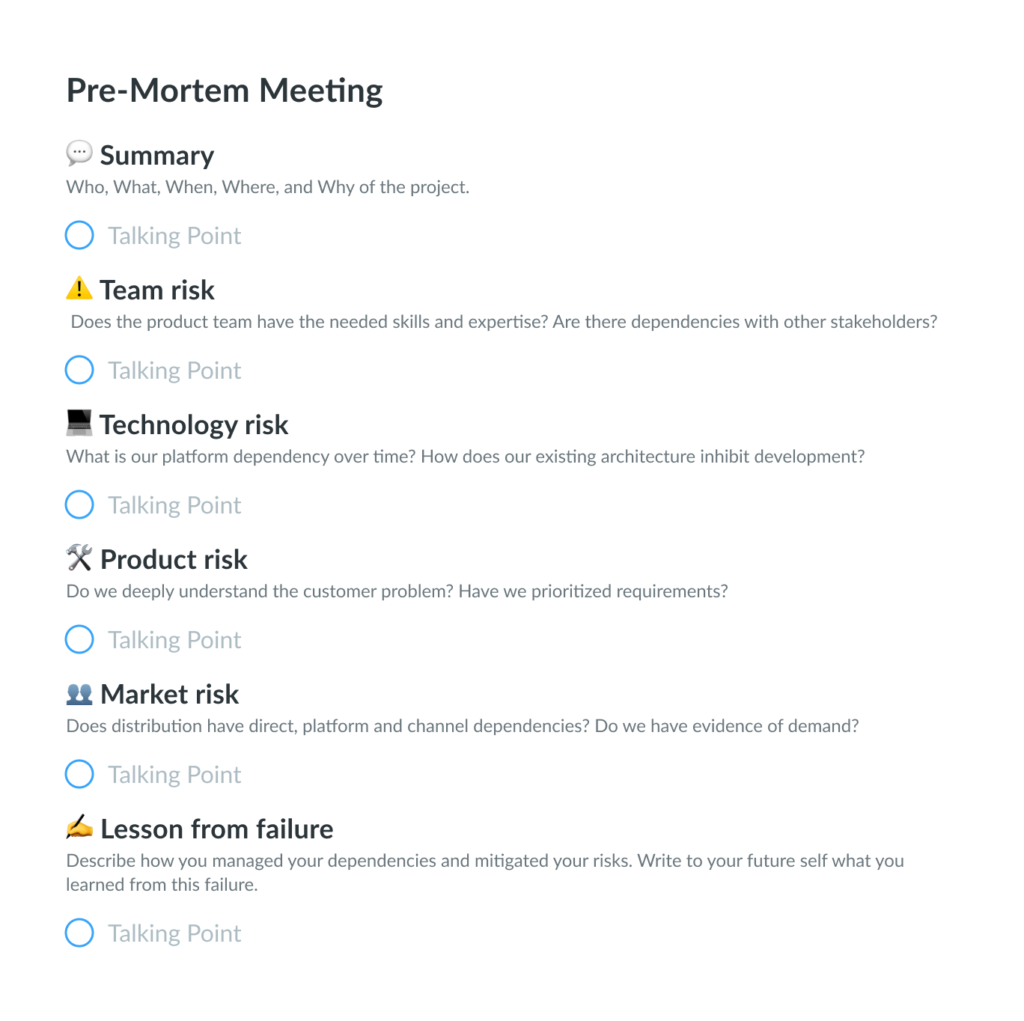
7 What is an end-of-day note?
I’ve been working in distributed or remote teams for 20 plus years. When I started doing this when we were making collaboration software it made the product better, it was a perfectly natural fit, we had people working out of their homes, in their underwear, across the United States, Canada, and Europe. In that company, there was a wonderful thing about remote work that made it work, which was much more of a written culture, it helped that we were building a wiki, right? The distributed team for SlideShare, we had a large group that was in India and a large group that was in the United States and a lot of it was mastering the handoff in a 24-hour development cycle. This is an instrument that was introduced by Rashmi, the CEO, as a way of facilitating a proper handoff. Eric, our CEO at Zoom encourages every employee to take 15 minutes or 10 minutes every day, to reflect on what’s going on, reflect on what your real priorities are and reflect on where you want to put your focus in order to produce the best possible outcomes.
The act of writing an end-of-day note in the case of SlideShare was letting people do just that. It’s a little bit like stand-up meeting methodologies without the meeting. It provides a lot more of a written trail of shared reflection for other people to build on and it reduces a little bit of the risk especially when it comes to a global 24-hour cycle handoff.
8 How do you put an emphasis on written communication in a remote world?
You need a very healthy balance between synchronous and asynchronous communication. Years ago, it was very hard to have synchronous communication. Today we use Zoom and video software, and it saved the world and let us run the education system and the healthcare system during the pandemic. In a work context, you need to be conscious that every meeting is potentially a massive tax on people’s time. You have to make sure you’re asking the right questions like why does this meeting exist? Do we have the right people in attendance? Do we have a plan for how we should be communicating with the people that are not in attendance? Do we have an agenda format and a facilitation technique? You should be making sure that during that meeting, it’s running in a way that encourages people to be present and are engaged.
9 When should you operate synchronously vs asynchronously?
Synchronous is great for things like status updates. Meetings are great for escalation. They are great for handling exceptions to process, they’re excellent for making sure that there’s awareness and you remove blockers, and they’re good for enshrining a decision.
10 How do you take care of people’s mental health and well-being when you’re operating as a distributed team?
As a startup founder, you have a certain level of responsibility for the well-being of your employees. And when you don’t have people coming into the office every day, there isn’t a natural check-in, you don’t see whether someone needs a little bit of help and the availability for someone to get help may not be readily available or accessible. We’ve developed a different kind of empathy, tolerance and understanding, over the last year. We’ve allowed our living rooms to become part of the office; we’re not turning to work to provide any sense of a life for us and were seeking more fulfillment elsewhere. There are those tech campuses that have been trying to recreate the college atmosphere for all of their college recruits and those folks go in and they work 15-hour days, and then there’s no balance, because it’s all in one thing and I don’t think we’re going to go back to that.
11 Do you have any tips, resources, or words of advice for managers or leaders that are looking to get better at their craft?
I was a better leader than a manager when I started my career. Everybody should try to challenge themselves to try to take on things that they’re not entirely qualified for and get out of their comfort zone. A little bit of imposter syndrome is a good feeling because that means you’re about to grow, and you should always be striving for growth.

